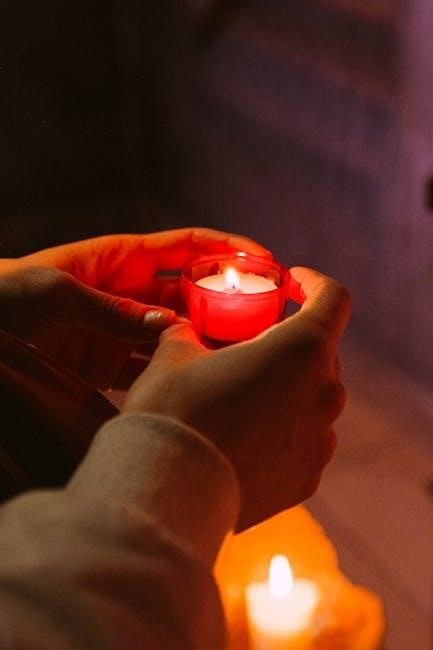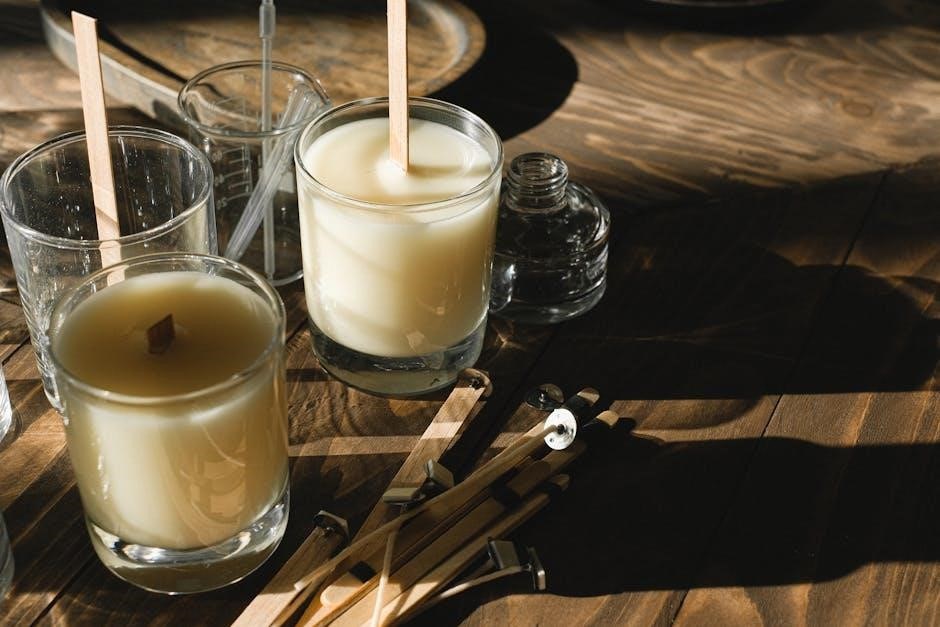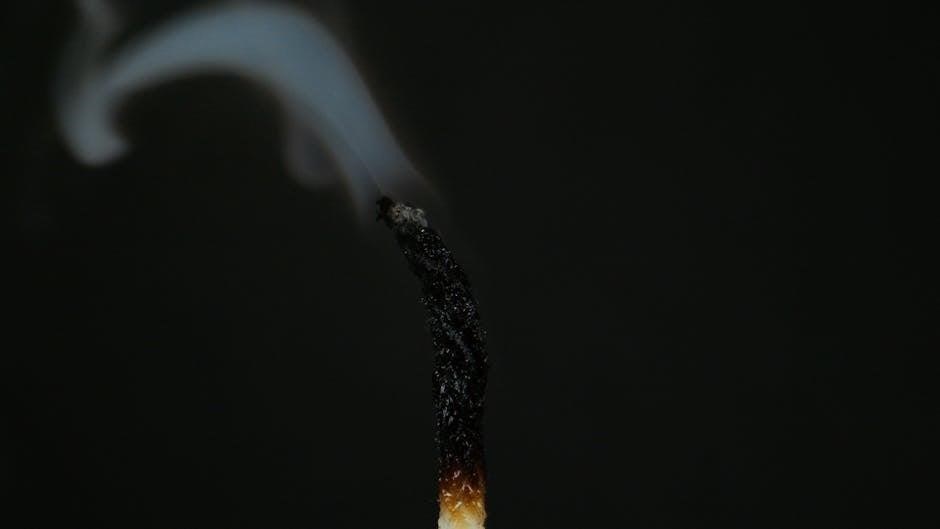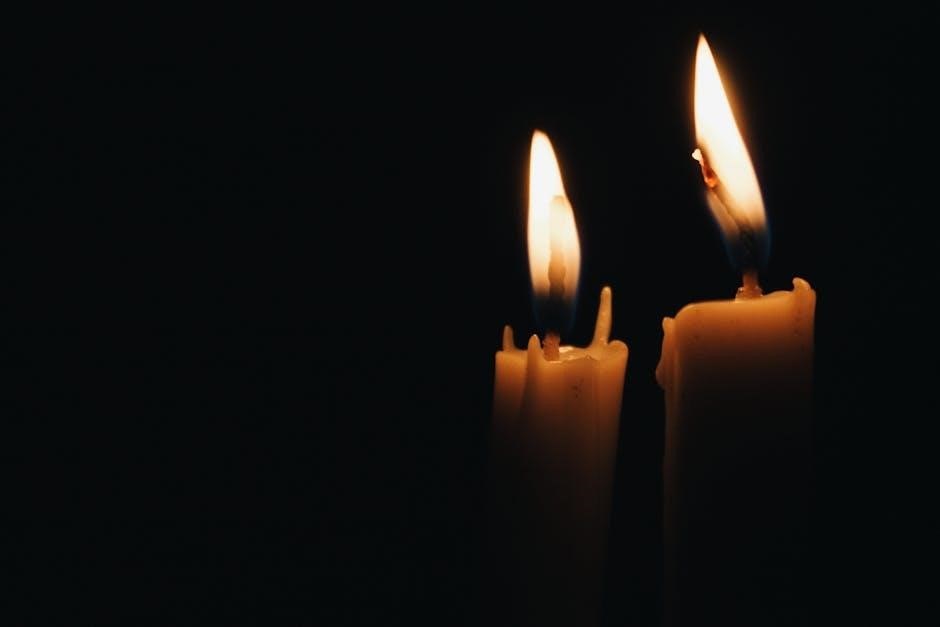Candle Wick Size Chart
A candle wick size chart is a valuable tool for candle makers, providing estimates for LX and ECO wicks, and serving as a starting point for experimentation to find the ideal wick size.
The chart typically includes measurements for various wick sizes and corresponding container diameters, allowing candle makers to narrow down their options.
With wooden wicks, it is recommended to purchase one size up and down from the estimated size to test which wick works best.
This approach ensures that the wick performs optimally, providing a clean and efficient burn.
The chart is often used in conjunction with other factors, such as the type of wax and fragrance used, to determine the perfect wick size.
By using a candle wick size chart, candle makers can simplify the process of selecting the right wick, saving time and reducing the risk of errors.
The chart is usually available online, and candle makers can refer to it whenever they need to determine the ideal wick size for their candles.
It is an essential resource for anyone involved in candle making, and its use can significantly improve the quality of the final product.

Understanding Wick Sizing
Proper wick sizing is crucial for candle performance, requiring consideration of wax type, fragrance, and container size to achieve optimal burn, using online resources and testing methods for best results always needed.
Measuring Vessel Diameter
To determine the correct wick size, measuring the vessel diameter is essential. The diameter of the vessel will play a significant role in choosing the right wick. For straight-sided jars, measure across the top from one side to the other. For tapered jars, measure the widest point where wax will be present. This measurement will help match a suitable wick using the wick sizing guides. It is crucial to take accurate measurements to ensure the best results. The vessel diameter will also depend on the type of wax and fragrance used. By considering these factors, candle makers can create a well-balanced and evenly burning candle. Online resources and wick sizing charts can provide more information on measuring vessel diameter and selecting the correct wick size. Using these resources, candle makers can achieve optimal burn and create high-quality candles. Measuring vessel diameter is a critical step in the candle-making process.

Choosing the Right Wick
Choosing the right wick involves considering factors like wax type and vessel size always matters.
Wood Wick Size Chart and Recommendations
When working with wood wicks, it’s essential to have a comprehensive size chart to ensure the best burn performance. The chart typically includes various wood wick sizes and their corresponding vessel diameters. By referring to this chart, candle makers can determine the ideal wood wick size for their specific candle project. It’s also recommended to buy one size up and down from the estimated size to allow for testing and experimentation. This approach enables candle makers to find the perfect wood wick size that works best with their unique blend and vessel. Additionally, the chart may provide recommendations for different wax types, such as soy or paraffin, to help candle makers make informed decisions. By following these guidelines and using the wood wick size chart, candle makers can create high-quality candles with a clean and efficient burn. The chart is a valuable resource for both beginners and experienced candle makers, helping to ensure the best possible results;

Testing and Experimenting with Wick Sizes
Experimenting with wick sizes is crucial for optimal candle performance, using test candles to determine ideal wick size and type always.
Double-Wicking for Large Candles
For large candles, double-wicking can be an effective method to ensure a clean and efficient burn. This involves using two wicks, which can help to increase the melt pool and reduce the risk of tunneling. When double-wicking, it’s essential to choose the right size and type of wicks, as well as to properly space them in the candle. The wicks should be spaced evenly apart, typically between 1-2 inches, depending on the size of the candle. Double-wicking can also help to reduce the soot and carbon buildup, resulting in a cleaner burn and a more pleasant candle-burning experience. By using double-wicking, candle makers can create larger, more complex candles that burn evenly and efficiently. This technique requires some experimentation and testing to get right, but the results can be well worth the effort. With the right wicks and proper technique, double-wicking can be a great way to take your candle making to the next level. Proper wick size and placement are crucial for successful double-wicking.

